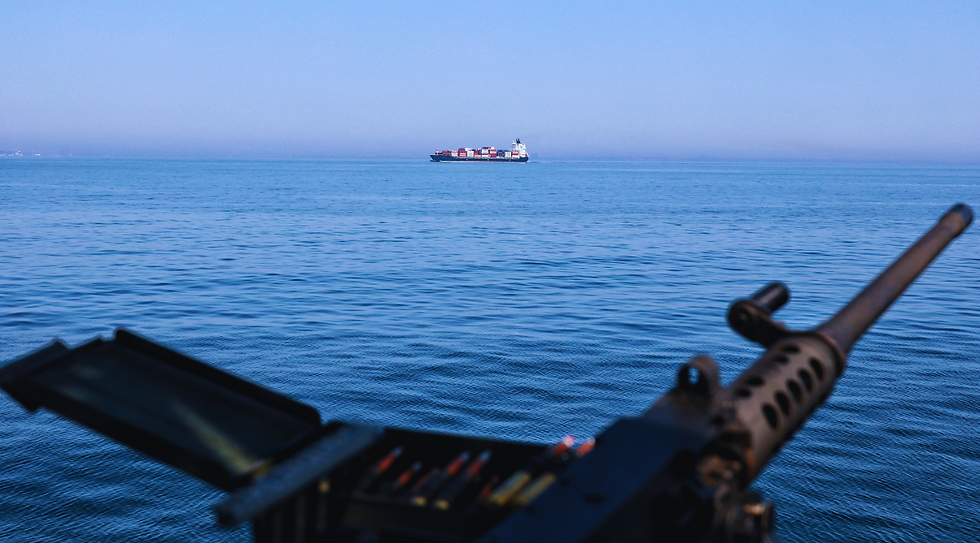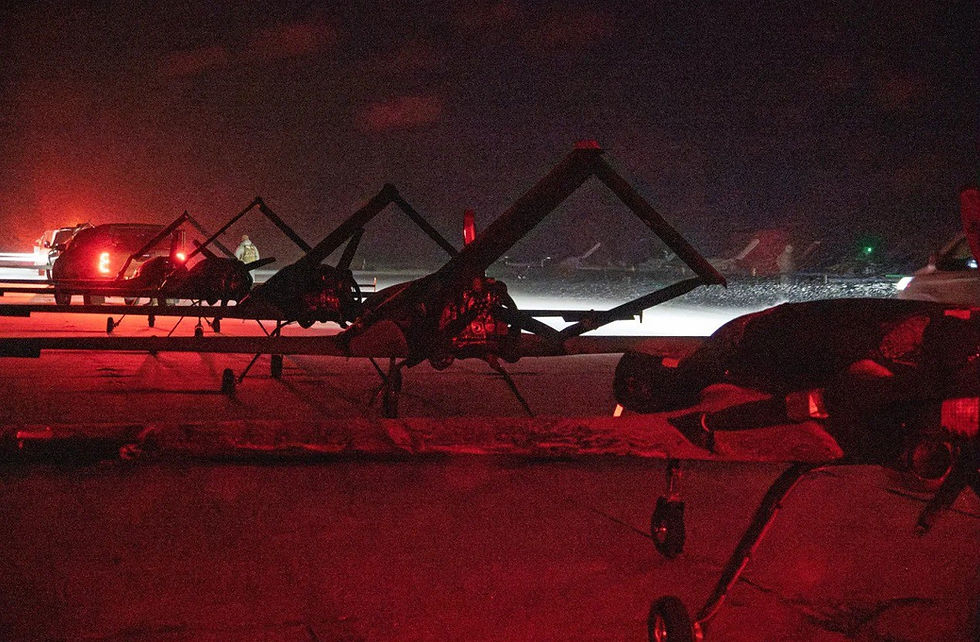“Black June” – commemoration of the 80th anniversary of the deportations of the Lithuanians
- Res Publica

- Jun 13, 2021
- 2 min read

Lithuanian children in Siberia
June of this year marks the 80th anniversary of the massacre and deportation of the Lithuanian population – which was later called the “Black June”. The article was prepared for publication by volunteers of Vakcina nuo vatnikų and Res Publica – Civic Resilience Center.
“In a centre of a village there were two busses fully loaded with people. On the front of the busses there were huge signs saying “Excursion”. When these busses departed towards Salakai, I jumped on the bike and followed them.
In the railway station I saw an image, which made me shiver.
It was hot and stuffy day. There were busses coming from all directions full of people. People getting out of them were soaked in sweat as if they were taken out of water.
In the railway station there was a long long line of cargo wagons. Men, woman, children and elderly were forced into these wagons. They were crammed as they were standing and then the doors were boarded up. Only connection with the outside were small barbed windows atop the wagon ceiling.
When the evening came – all of the wagons were fully loaded with people”.
It’s a short excerpt from the history of our Lithuanian nation. It’s a story how Soviet Union started deportations of our country men. 131 600 citizens were deported in the period of 1940-1953. While 156,000 extra were deported to GULAGs from already imprisoned countrymen. It is estimated that around 300,000 people were deported to Siberia and other regions of Soviet Union.
Even though the deportations started on 1941 June 14-18th, Soviet Union had a list of possible troublemakers even before the invasion in 1940. Many people were arrested just as the red army crossed into Lithuania. It was a preparation after Ribbentrop-Molotov pact.
Most of the exiled people were from upper class, intelligentsia, politicians or leaders of organizations, military men, doctors, teachers, farmers or members of their family. Basically, anyone who could make a stand against the oppressor. It was approximately 10% of our population at the time. ~50,000 people died in exile, while some were left to live lifes where they were left and remaining people were able to come back to start life from scratch after amnesty in later Soviet Union times. Even though they were marked in the eyes of communists and no easy life awaited at home.
And even though some people were lucky to come back, nothing could describe the hardships they faced in forced labour camps.
This is our story about the beginning of the “War after war”. And Today we mark the 80th anniversary of “Mourning and Hope”. World War 2 didn’t end for us in 1945.
Soviets were not liberators who saved us from horrible deeds Nazis could have done. Liberators free a nation and let them live their lives. Soviets just occupied us and made us do their bidding.

Visualization from the book “Lithuanians in Siberia”





Comments